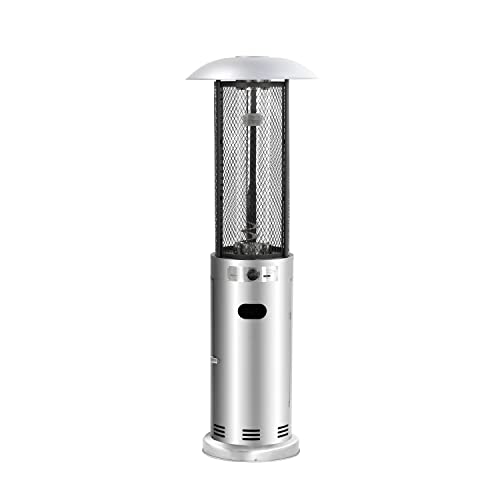This Is The History Of Cheap Patio Gas
Cheap Patio Gas Heaters Patio heaters come in a variety of designs and sizes. Some are electric heaters that are hardwired and require professional installation while others use propane or natural gas to heat your area. Mobile gas cylinders come in sizes ranging from 5kg patio bottles to 13kg propane cylinders. They are compatible with traditional BBQs as well as portable heaters and Ooni Pizza Ovens. Cost Adding a patio gas heater to your business or home can increase the value of your property and the number of people who can use your outdoor space. It's a much less expensive alternative to other outdoor heaters, like wood-burning firepits, or propane heaters. A gas heater for the patio can be used indoors as well to create a cozy ambience during winter. Patio gas costs vary depending on the size and model of your appliance. 5kg of patio gas will cost around PS28. hyperlink includes a 27mm clip-on regulator that works with most barbecues and patio heaters. However, some patio heaters require a different regulator. A propane gas cylinder is a great choice for pizza ovens, and tabletop heaters. It is not odorless and cost-effective. It is also easy to store and move. The majority of propane-powered appliances are durable and safe. They are durable and can last a long time. They are an excellent choice for businesses and homeowners who want to save money. Propane is a clean burning eco-friendly fuel that can also be used to cook, heat, and for other purposes. It is also less expensive than electricity and requires less maintenance. It is also less affected by price increases when oil prices increase. Efficiency Gas patio heaters are a powerful method of heating outdoor spaces. They can produce powerful heat output and can quickly heat an area of up to 215 feet. In contrast to electric heaters they don't require installation and can be moved around easily. They can also be switched on and off using the remote control or a timer. Certain models feature an automatic shutoff function to prevent accidental fires. Butane and propane are the two options available when it comes down to choosing gas kinds. Butane is colder than propane. Both are LPG, but they differ in their boiling point and the speed of boiling. Butane is typically stored in green cylinders, under the name “patio gas” whilst propane is stored in red cylinders. Both kinds of gas work with all standard BBQ and patio heater models and can be purchased in most garden and home centres. Patio gas bottles are designed to fit snugly into your heater or BBQ and are available in a range of sizes ranging from 5kg to 13kg. Some even have a gauge to let you know when the gas level is low. They are compatible with standard BBQ regulators. You can save money by using butane instead propane. The majority of appliances can be converted to run on either fuel. Butane is the most efficient fuel for hot temperatures. It is an ideal option for BBQs portable heaters, portable ones and camping gas stoves. It's less efficient in the winter because it cannot flow at lower temperatures. It is a very low toxicity fuel with a low carbon footprint and is a great choice for those who are concerned about their environmental impact. It is important to read and follow the instructions provided by the manufacturer when using a gas patio heating appliance. It is important to follow the manufacturer's guidelines to avoid carbon monoxide poisoning. Also the appliance should not be placed in direct contact with naked flames or high temperatures. In addition patio heaters must be installed in open areas with adequate ventilation. They should not be employed indoors or in enclosed spaces. Safety It is crucial to think about the safety of using propane gas on your hearth or patio. These safety measures include proper handling and storage and the use of Personal Protective Equipment (PPE), and establishing emergency protocols. For example, cylinders must be stored in a designated location away from ignition sources and should not be moved. If there is a leak the gas must be shut off and personnel evacuated. All cylinders should be clearly labeled with the contents as well as the supplier's information. They should also have an opening valve that can be opened by hand with no force. 